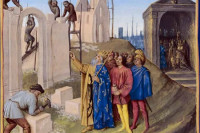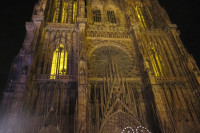Travel
Understanding the world of cathedrals: an inside look on how cathedrals were built
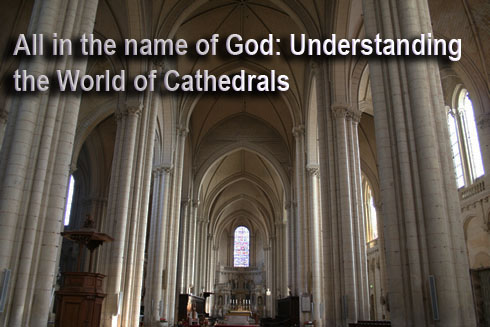
During the Middle Ages, a time when townspeople’s timber dwellings were rather modest and kings palaces were quite rare, were built the gigantic Gothic cathedrals throughout Europe.
For about 200 years from 1150, the construction of these religious buildings reached enormous proportions and heights, sometimes causing unnecessary risks to the builders. Even though cathedrals had been built before that time, they had never been as voluminous.
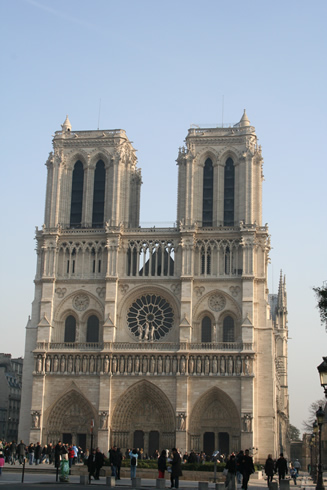
Notre Dame of Paris, France
“The Time of the Cathedrals”
This epoch was nicknamed “the time of the Cathedrals”. The word “crusade” is also used.
Nothing could have happened without the people’s motivation and belief in God. In those years, townspeople believed that helping to build the cathedrals was a way to honor God and to go to heaven. Taller cathedrals would let more light in and bring them closer to heaven.
A dedicated population was encouraged by the prosperity in the cities, better crops and less fighting between kingdoms.
Commissioning, financing and building of cathedrals
But who were those men who dedicated their lives to work on such enormous projects to make it all possible? Who commissioned and financed it all? How could the construction of such tall buildings be done in those days? What techniques and tools were used? How could it take so many centuries to completely finish and inaugurate?
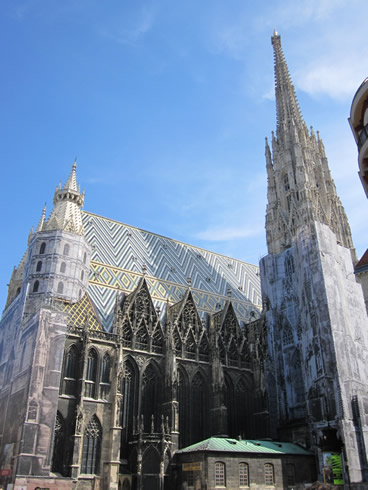
Stephan’s Dom in Vienna, Austria
Due to a lack of primary sources, unknown facts about the builders, building plans and to the difficulty of translating Medieval age terms into today’s vocabulary, these questions have puzzled historians and other experts for years.
From the bishops to the architects
A real competition began at a time when bishops had more influence than in the past. Each of them wanted to build the biggest and most beautiful cathedral for his community. It had to be the one everyone would talk about and be seen from far away. A writer describes the 465 feet high steeple of the Strasbourg Cathedral as “being equivalent to the height of a 40 story building.”
So, bishops gave orders to demolish the old Roman cathedrals and to plan for the new ones, wanting to show power, expecting to drive more crowds with the additional space and hoping to be closer to God brought by the additional light.
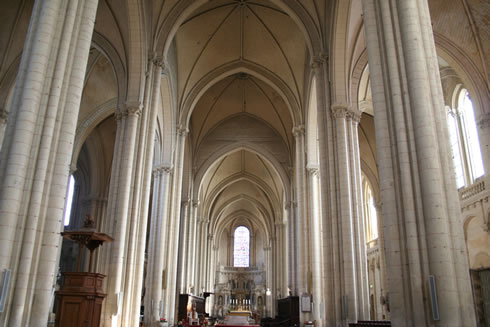
Cathedral St Pierre of Poitiers
The idea of demolishing and rebuilding came, for the most part, from the bishops themselves with the help of their assembly members or it could have been from the royal or noble families. Then, they started advertising and organizing a competition to find the best architect, a task not always easy. Looking at his experience and his fame was important, but the models and drawings he brought with him were also important factors of success in the selection.


